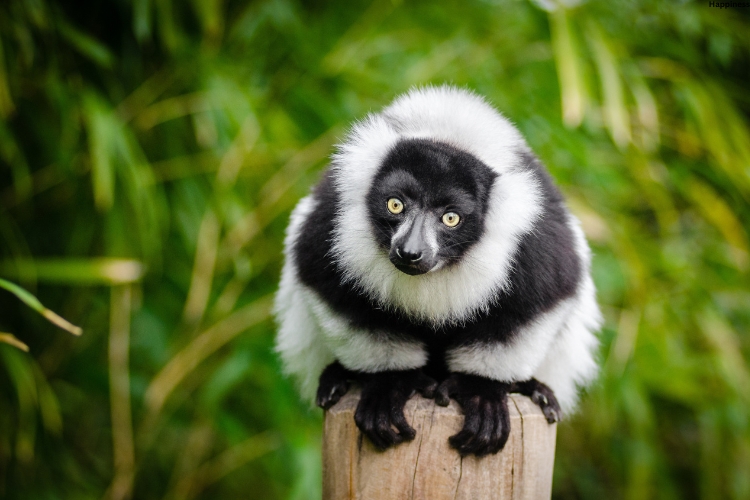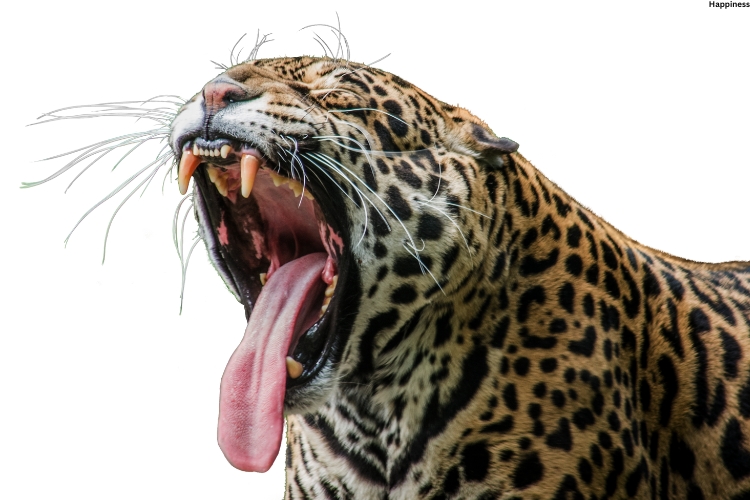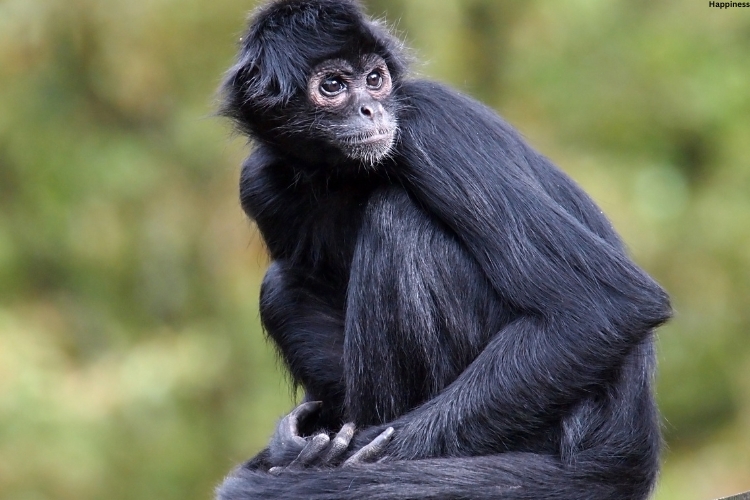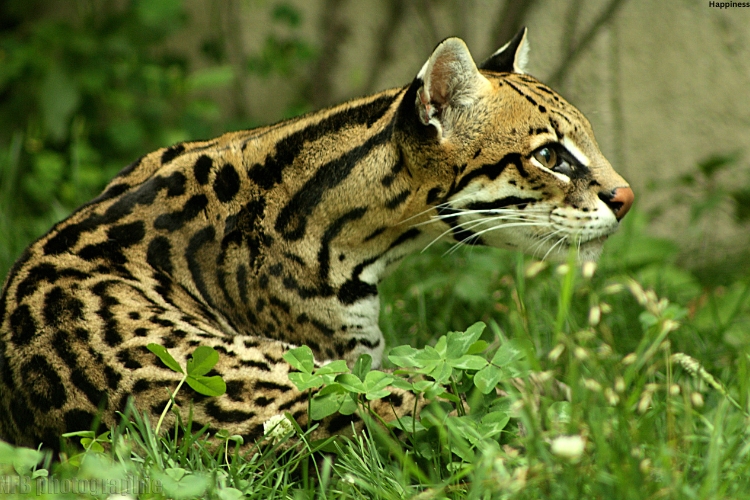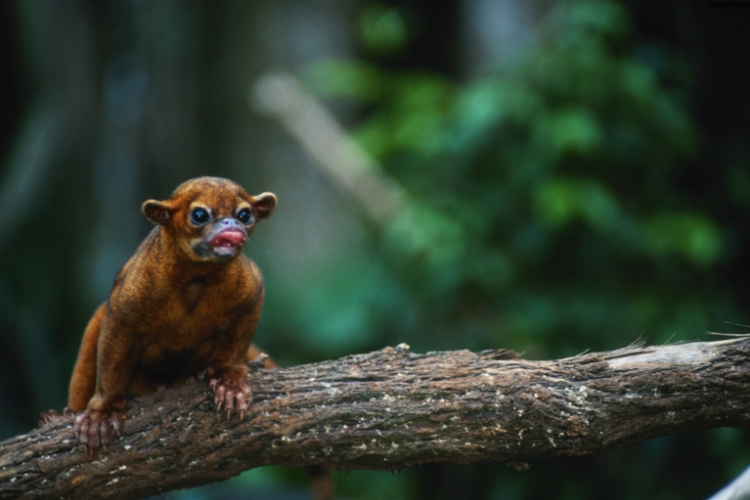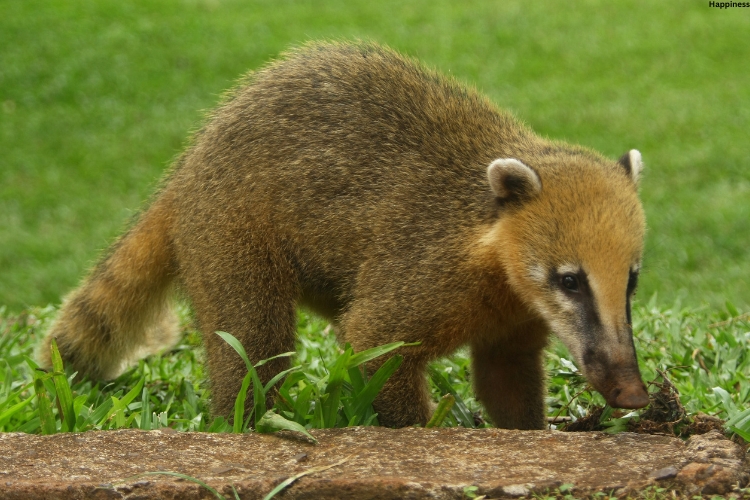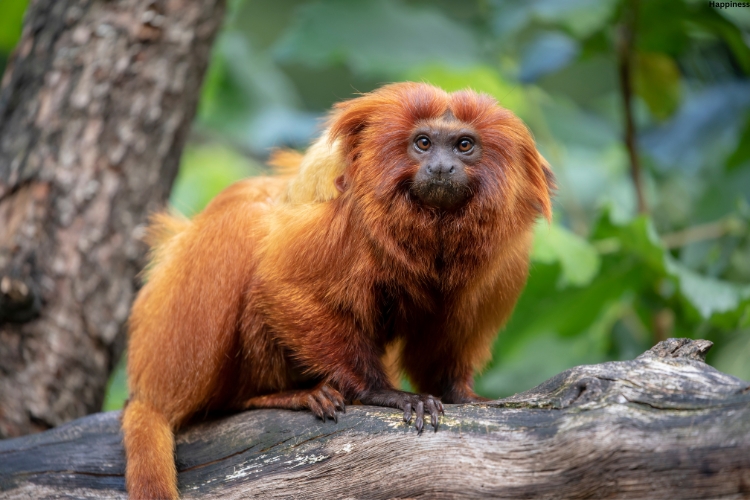Tropical rainforests are some of the most biodiverse ecosystems on the planet, home to a vast array of incredible wildlife. Among the most fascinating inhabitants of these lush, verdant landscapes are the diverse array of mammal species that call the rainforest home.
From the mighty jaguar to the playful spider monkey, the tropical rainforest is teeming with remarkable mammalian life.
In this blog post, we’ll explore 15 of the most captivating tropical rainforest mammals, delving into their unique characteristics, behaviors, and the vital roles they play in these dynamic ecosystems.
Whether you’re an avid nature enthusiast or simply curious about the wonders of the rainforest, this article will take you on an unforgettable journey through the lives of these remarkable creatures.
15 Tropical Rainforest Mammals You’ll Be Amazed By
1. Jaguar (Panthera onca)
The jaguar is the largest cat in the Western Hemisphere and the third-largest in the world, after the tiger and the lion. These powerful predators are known for their distinctive spotted coats and their ability to take down prey much larger than themselves, including deer, peccaries, and even caiman.
Jaguars are primarily solitary animals, using their exceptional swimming skills and climbing abilities to navigate the dense rainforest terrain.
2. Howler Monkey (Alouatta spp.)
Howler monkeys are easily recognized by their loud, deep, and resonating calls that can be heard up to 5 kilometers away.
These social primates live in close-knit family groups and are known for their distinctive black, brown, or reddish-orange fur. Howler monkeys play a vital role in the rainforest ecosystem by dispersing seeds through their diet of leaves, fruits, and flowers.
3. Tapir (Tapirus spp.)
Tapirs are large, herbivorous mammals with a distinctive, flexible snout that resembles a small trunk. There are four species of tapir, all of which are found in the tropical rainforests of Central and South America.
Tapirs are important seed dispersers and help maintain the balance of the rainforest ecosystem by consuming a wide variety of plant matter.
4. Spider Monkey (Ateles spp.)
Spider monkeys are known for their long, slender limbs and prehensile tails, which they use to effortlessly navigate the high canopy of the rainforest. These primates are highly social and live in large, close-knit troops that work together to forage for fruits, leaves, and flowers.
Spider monkeys play a crucial role in seed dispersal, helping to maintain the diversity of the rainforest.
5. Giant Otter (Pteronura brasiliensis)
The giant otter is the largest member of the otter family and is found in the rivers and wetlands of the Amazon and Orinoco river basins.
These social, playful creatures live in family groups and are known for their loud, distinctive calls. Giant otters are important predators in the rainforest ecosystem, feeding on fish, crustaceans, and small mammals.
6. Capybara (Hydrochoerus hydrochaeris)
The capybara is the world’s largest rodent, weighing up to 150 pounds. These semi-aquatic mammals are found in the wetlands and waterways of the tropical rainforest, where they graze on a variety of aquatic plants.
Capybaras are an important food source for jaguars, pumas, and other predators, and their presence helps maintain the health of the riparian ecosystems.
7. Ocelot (Leopardus pardalis)
The ocelot is a medium-sized wild cat known for its distinctive spotted coat. These elusive predators are primarily nocturnal and are skilled climbers and swimmers, able to navigate the dense rainforest with ease.
Ocelots play a vital role in the rainforest ecosystem by controlling the populations of small- to medium-sized mammals and reptiles.
8. Puma (Puma concolor)
Also known as the cougar or mountain lion, the puma is a large, powerful cat that is found throughout the Americas, including in the tropical rainforests.
These solitary hunters are adept at stalking and pouncing on their prey, which includes deer, peccaries, and smaller mammals. Pumas are important apex predators, helping to maintain the balance of the rainforest ecosystem.
9. Sloth (Bradypus spp. and Choloepus spp.)
Sloths are one of the most iconic and recognizable inhabitants of the tropical rainforest. These slow-moving, tree-dwelling mammals are known for their unique adaptations, such as their long, curved claws and their ability to turn their heads 270 degrees.
Sloths play a vital role in the rainforest ecosystem by consuming leaves and dispersing seeds through their waste.
10. Kinkajou (Potos flavus)
The kinkajou is a small, nocturnal mammal that is often mistaken for a monkey or a raccoon. These agile, tree-dwelling creatures have a prehensile tail that they use to navigate the high canopy of the rainforest.
Kinkajous are important pollinators, feeding on the nectar of various flowering plants and helping to maintain the diversity of the rainforest ecosystem.
11. Peccary (Tayassu spp. and Catagonus spp.)
Peccaries are small, pig-like mammals that are found in the tropical rainforests of Central and South America. There are three species of peccary, all of which play important roles in the ecosystem by consuming a variety of plant matter and helping to disperse seeds.
Peccaries are also an important prey species for larger predators, such as jaguars and pumas.
12. Coati (Nasua spp.)
Coatis are social, raccoon-like mammals that are known for their long, flexible snouts and their distinctive, ringed tails. These omnivorous creatures are found in the tropical rainforests of Central and South America, where they forage for a variety of fruits, insects, and small vertebrates.
Coatis are important seed dispersers and help to maintain the balance of the rainforest ecosystem.
13. Tamarin (Saguinus spp.)
Tamarins are small, colorful primates that are found in the tropical rainforests of Central and South America. These social, cooperative creatures live in family groups and play a vital role in the ecosystem by consuming a variety of fruits, insects, and small vertebrates.
Tamarins are also important seed dispersers, helping to maintain the diversity of the rainforest.
14. Olingo (Bassaricyon spp.)
The olingo is a small, arboreal mammal that is closely related to the kinkajou. These nocturnal creatures are found in the tropical rainforests of Central and South America, where they use their prehensile tails and agile movements to navigate the high canopy.
Olingos are important predators, feeding on a variety of insects, small vertebrates, and fruits.
15. Giant Anteater (Myrmecophaga tridactyla)
The giant anteater is the largest of the four anteater species and is found in the tropical rainforests of Central and South America. These unique, long-snouted mammals use their powerful claws to break into termite and ant mounds, which they then lap up with their long, sticky tongues.
Giant anteaters play a crucial role in the rainforest ecosystem by helping to control the populations of these important invertebrates.
Conclusion
The tropical rainforest is a truly remarkable ecosystem, teeming with a vast array of incredible mammalian life. From the mighty jaguar to the playful spider monkey, these 15 species represent just a small fraction of the diverse and fascinating creatures that call the rainforest home.
By understanding the unique characteristics, behaviors, and ecological roles of these remarkable mammals, we can gain a deeper appreciation for the delicate balance and incredible biodiversity of the tropical rainforest.
As we continue to grapple with the challenges of conservation and environmental protection, it is crucial that we strive to preserve and protect these awe-inspiring habitats and the irreplaceable species that depend on them.
Additional Resources:
1.Strange mammals like the star-nosed mole and marsupial mole
2.20 Mammals with the Longest Life Spans: Unveiling the Longevity Secrets of Nature
3.10 Mammals with the Best Sense of Smell
4.Patagonian Mara Animal: 11 Fascinating Facts About the Majestic African Mammal
5.Discovering the 35 Most Threatened River and Lake Mammals

